Review: Samsung Replenish
May 20, 2011, 5:22 PM by Eric M. Zeman
Samsung offers yet another Earth-friendly handset for the Sprint network, this time in the shape of a monoblock Android QWERTY smartphone. The Replenish should renew your faith in the power of recycled materials.
Form
Is It Your Type?

Are you a tree hugger? Do you lead a green life? Do you monitor your carbon footprint? Is environmentalism and preservation a mainstay in your life? Then perhaps Samsung's Replenish - a recycled and recyclable Android smartphone - would be a good choice for you.
Body
The Replenish is the latest "green" handset from Samsung for the Sprint network. Like the Restore and Reclaim before it, the Replenish is made mostly from recycled materials and, at the end of its useful life, can be nearly 100% recycled itself. What does that mean for the end user while owning it?
This phone's predecessors, the Restore and Reclaim, had terrible quality plastics. They felt as cheap as possible. The Replenish, thankfully, feels much better. Where the Restore and Reclaim felt creaky and loosely assembled, the Replenish has a good, solid feel to it. It is dense, tightly put-together, and, feels like any normal phone would. The plastics aren't the highest quality ever, but they are decidedly decent.
The Replenish is a rare QWERTY monoblock Android phone. It has a touch screen and a BlackBerry-style QWERTY keyboard under the display. Thankfully, Samsung avoided making the Replenish too wide. It has a comfortable width for holding in one hand, and the curved back edges let it sit firmly in the palm. The weight is also good. It's not feather-light, but it's hardly a paper weight. I'd call it pocket friendly.
The front of the device strikes a good balance between the screen size and QWERTY keyboard size. Between the display and the keyboard, you'll find four physical buttons for the standard Android controls. They each have good travel and feedback, but you have to be a bit careful about where you place your thumb, as the definition between keys isn't great.
The keyboard is interesting. It is a fairly compact affair. The buttons have a healthy mound shape to them, and while I feel they are perhaps a hair too small, the overall feel of the keyboard is pleasing. The travel and feedback of the keys was excellent. Thankfully, the "@" gets its own key, and the ".com" is an ALT button away. The space bar is perhaps too small; otherwise the keyboard is surprisingly good.
The volume toggle is in its usual spot on the left side of the Replenish. It had an excellent shape, and perfect travel and feedback. On the right side, Samsung has positioned a voice command key near the top and a dedicated camera button closer to the bottom. Both buttons are easy to find and have good travel and feedback. The microUSB port is built into the Replenish's bottom edge, and the 3.5mm headset jack and power/lock key are on top. The power/lock key feels great.
The battery cover will come off with some thumbnail pressure. The microSD card slot can be accessed easily once the battery cover is removed.
For what it is, Samsung did a good job of designing and putting the Replenish together. You'd never be able to guess that it is recycled by looking at it and using it.
The Three S's
Screen
The Replenish's screen measures 2.8 inches across the diagonal and offers a relatively measly 240 x 320 pixels. You can easily see pixelated edges to icons, images and text from an arm's length away. Clarity is sometimes lacking, and the overall effect leaves the display looking fuzzy. Brightness is also a weak element. It was very difficult to use outdoors, and colors were not as impressive as on most other displays made by Samsung. Color me unimpressed.
Signal
The Replenish performed adequately on Sprint's CDMA network. In my office in northern NJ, it snagged two bars of signal strength. In and around the metro NYC region, it remained consistently connected, and never dropped Sprint's signal entirely. During my testing period, the Replenish didn't drop any calls, nor did I miss any. It survived the NJ vault test (local super market), and allowed me to make calls and send texts even when it showed no bars. Data sessions, however, required the Replenish to show at least one bar in order to connect. Speedds were a bit on the slow side for an EVDO phone.
Sound
Call quality was very good. I was pleased with the clarity of voices coming through the earpiece, which, by the way, is capable of eardrum-threatening volumes. Even set to max, it didn't distort or break up. I didn't notice any hissing, noises, or other nonsense getting in the way of conversations. The speakerphone worked well, too. It was plenty loud, and calls were just as clear. The vibrate alert and ringtones were a bit on the weak side, though. You'll easily hear the phone from a few rooms away, but if you're on a different floor, you might miss it.
Battery
The Replenish has excellent battery life. During my tests, it consistently lasted 36 hours between charges. That means you can unplug it on Monday at 7AM and go to 7PM Tuesday without a problem. No matter how I used the Replenish - voice calls, Wi-Fi, Bluetooth, messaging, browsing - battery life remained the same.
Basics
Menus
The Replenish is the latest Android device from Sprint to use the Sprint ID concept on top of Android 2.2.2 Froyo. Think of the IDs as themes, and you'll be all set. If you want, you can set the Replenish to behave in stock Android 2.2.2 mode. The Replenish ships with the "Green" ID installed and active.
Sprint ID packs are collections of applications, home screen settings, wallpapers, shortcuts and widgets that are based on a theme, such as the Replenish's sustainability theme. When a Sprint ID pack is activated, it completely reorganizes all the details of the home screen based on that particular theme. In the case of the Replenish, it offers shortcuts to environmentally-friendly products, services, and information. Other themes include: Business Pro, Essentials, Sprint, Auto Enthusiast and others.
Once installed, each theme can be customized itself and then saved. Finding and installing the themes isn't difficult, but nine months after the first Sprint ID phones emerged, there are still only a handful of ID packs. Worse, each ID pack downloads and installs a predetermined set of applications. You can quickly end up with a lot of bloatware and applications/services on your phone that you'll never use
Aside from the Sprint ID packs, the Replenish behaves as any other Android 2.2 device.
Calls/Contacts
Calls
The Replenish uses the stock Google calling and contacts applications. From the home screen, press the phone icon and the dialer pops open. There is a large number pad in the middle of the screen, and there are four tabs along the top to access the call log, contacts and favorites. The Replenish offers haptic feedback when you dial numbers on the touch display, but not the QWERTY keyboard.
Contacts
The Replenish will import all of your Google and Exchange contacts if you have them. Adding Facebook friends is optional. If you choose to do that, the contacts application is smart enough to add the Facebook profile photos to your existing contacts and merge them into one contact.
If you press the area next to the profile picture/Android, it will open the contact's page. Use the menu key to make changes or perform other actions.
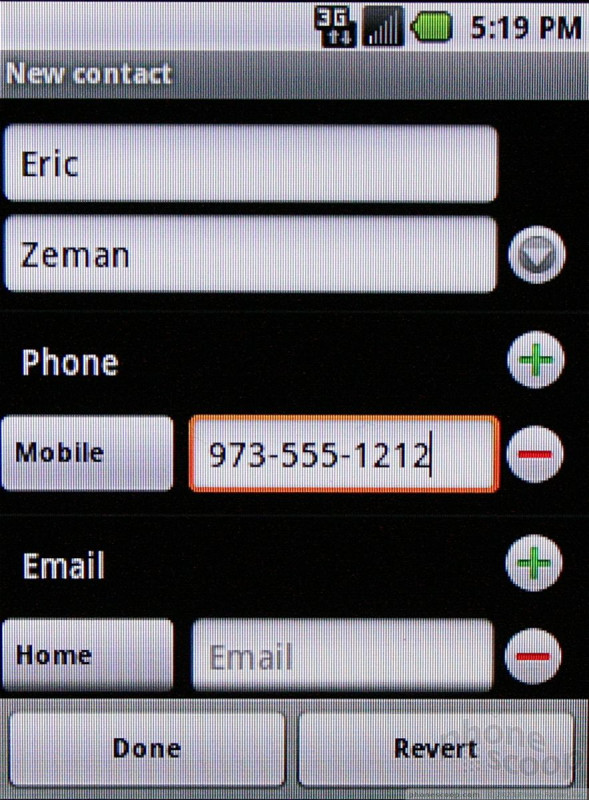
Messaging
The Replenish trods a well-worn path when it comes to messaging. It runs all the stock Android 2.2 messaging applications, and doesn't offer anything new, not even from the Sprint ID packs.
It has the generic email app for POP/IMAP/Exchange email, and the dedicated Gmail application for Google users. Both of these applications are capable and time-tested.
The stock SMS/MMS app is loaded on the Replenish, and I didn't notice any different or unusual behavior with it. It offers threaded conversations, as always.
As for IM, the Replenish has GTalk on board, and nothing else. If you use Yahoo, Windows Live or AIM, you'll have to seek out third-party apps from the Android Market.
On the social networking front, the Replenish is one of the most anemically equipped devices I've seen in a long time. All it comes with is Tweetcaster, the third-party Twitter application, and a generic, catch-all social networking application to aggregate feeds called SpringPad. If you want Facebook and the real Twitter app, you'll have to download them yourself.
Extras
Media
Music
The Replenish uses the the stock Android media player. It is bare bones, but it does get the job done. You can sort through your playlists, artists, albums, and songs easily enough, and album art comes through properly when tagged to the music. The media player can be sent to the background while you do other things such as browse the web or check Twitter. It goes without saying that the music player has a decent widget for the home screen, as well.
There are no third-party music applications preinstalled, though they are easy to find in the Android Market.
Video
The Replenish has minimal video play back features. Only the stock Android YouTube player is on board out of the box. You'll need to download third-party apps to handle side-loaded video content. The small screen, however, doesn't make for the best playback device.
Camera
Camera
Samsung continues to offer some of the best camera software for its phones at all levels. The camera is slightly sluggish to open, but it's far from the worst. The viewfinder offers plenty of room for composing shots despite the presence of on-screen controls and software tools to adjust the camera's behavior.
To the far right, there is a stock-looking set of software toggles for jumping to the video camera, the gallery, and a software shutter button. Next to this set of tools, there are five icons sitting in the viewfinder area. Press any of the icons, and a drop-down menu appears next to it for adjusting the cameras settings. I love the way this software works. It's so much better than having to press the hardware menu button to get at the same bunch of controls. It's easier and you don't have to leave the viewfinder to make any of the adjustments.
Press either the software or physical shutter button and the Replenish snaps the image almost instantly. Rather than offer a review screen, the Replenish takes you right back to the viewfinder. Reviewing images is only possible in the gallery, though you can see a teeny thumbnail of it at the top of the screen.
Gallery
The gallery is the stock Android option. Photo albums float in stacks in the main gallery view, and you can sift through them in the chronological timeline in which they are arranged. It has a neat 3D look and feel to it.
Editing options are severely limited. Crop and rotate are all you get. Some of Samsung's best devices offer more than this, but at lease you get the very basics. Sharing options are solid, and incorporate all the social networking apps on board the Replenish, such as TweetCaster, SpringPad, Evernote, YouTube, etc.
Photos/Video
Photos
The Replenish has a lowly 2 megapixel camera with no flash and no auto-focus, which is as low-end as it gets with an Android phone. Results are wildly inconsistent. I captured a few gems, but most often images were a disaster. For example, the ketchup bottle below features completely blown-out labels, even though the rest of the image is exposed properly. Focus is nearly non-existent, with many images coming through soft and ill-defined. White balance was typically good, but with the poor exposure control and bad focus, you'll be lucky to get many share-worthy shots with this phone.
Video
Video shot with the Replenish, even when set to the highest quality settings, is pretty miserable. Detail is pretty much non-existent, there's plenty of waviness if the phone is panned about when recording, and blocky artifacts are everywhere. Unless used under optimal conditions (outdoors, in bright sunlight), results will be sub-par compared to many of today's mid-range phones.

3GPP / MPEG-4 format (viewable with QuickTime)
Browse/Customize
Browser
The Replenish comes with the stock Android browser. It's a good browser, and running over Sprint's EVDO network, it performed well in most of my tests. I noticed slower data speed when the Replenish had a weak network connection, but otherwise the browser is just the same as any other Android 2.2 phone.
Customize
With access to the Sprint ID packs, the Replenish has a bit more customization options than other Android phones, as long as you don't mind someone else doing the customization for you. The ID packs are pre-packaged. Even though you can adjust them after they are installed, they still pull together an odd and not always great selection of apps, widgets, shortcuts, and home screen arrangements. Personally, I'd much rather design my own, custom home screen and set the Replenish up the way I want it. Thankfully, the Replenish lets you do this, too.
Extras
Bluetooth
The Replenish supports mono and stereo Bluetooth headsets. I had no trouble pairing with either. Sound quality through mono headphones was very good, on par with the standard voice calls. Quality through stereo headphones was also good. It also connects with computers and/or other phones for pushing files around.
Clock
The Replenish offers the standard Android clock on the lock screen, which is visible when the device is first woken from sleep. It is a nice, large digital read out that's easily visible everywhere except under direct sunlight. It can't be customized, though.
GPS
The Replenish offers two options for directions: Google Maps and TeleNav. Both are free. I enjoy Google Maps and think it does a great job of providing directions. TeleNav is a solid alternative, though, and Sprint doesn't charge for its use. Both will get you from here to there with no problems. The TeleNav app also offers voice commands, and they worked well on the Replenish.
Wrap-Up
The Samsung Replenish is a low-end Android device. With its 2 megapixel camera, smaller, low-res display, and lack of any advanced features, it's decidedly an entry-level smartphone. What it makes up for in lack of features, though, is heart.
First, the Replenish feels good to use and works well. It offers reasonably good battery life, excellent voice quality and covers all the basics, such as messaging, with aplomb. The base Android 2.2 platform means the Replenish works with most available applications and services, and it has all the stock Android trimmings. It falls short in the camera and video camera departments, but browsing and customization capabilities offset that a bit.
Given its amazing level of middle-of-the-roadness, its stand-out feature is clearly its sustainability. For those with an eye on their carbon footprint and long-term impact on the earth, the Replenish offers peace of mind and proof positive - with its good hardware - that recycled products can be just as (ok, nearly as) good as brand new products.
In sum, the Replenish is a good phone in most respects, with the added bonus of offering a clear conscious when using it.



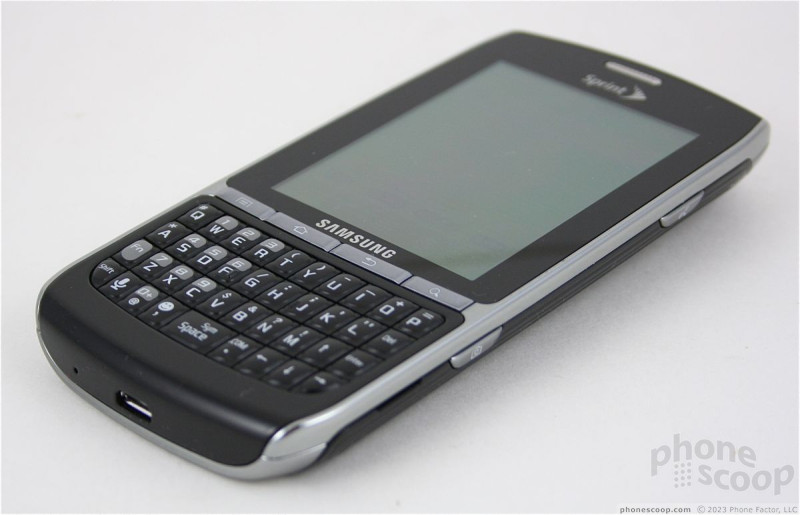
















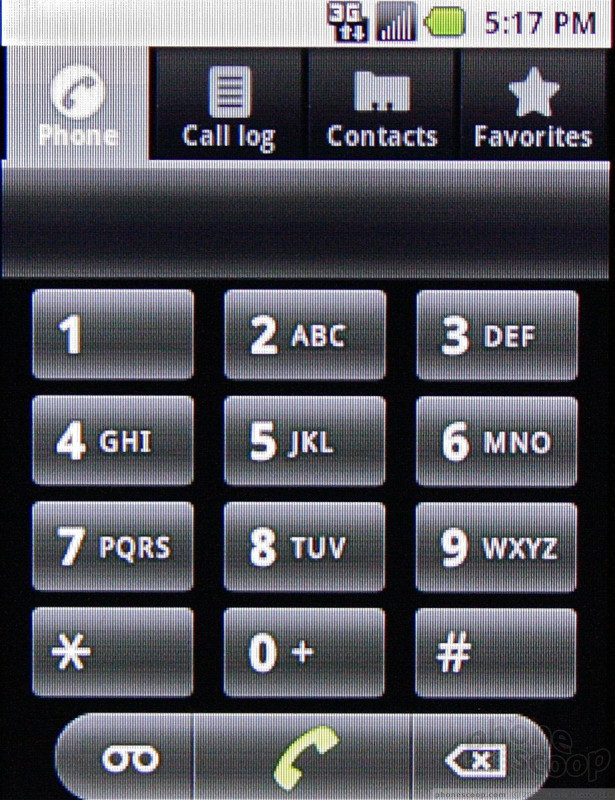


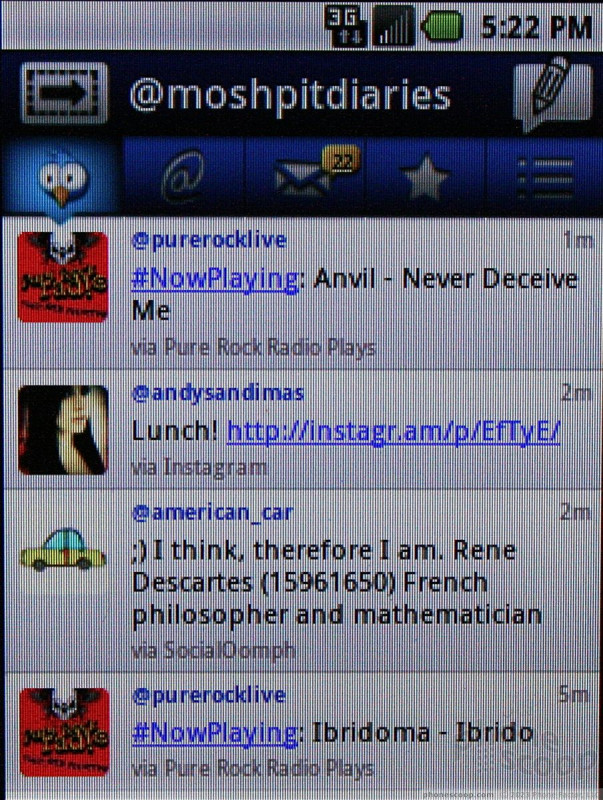





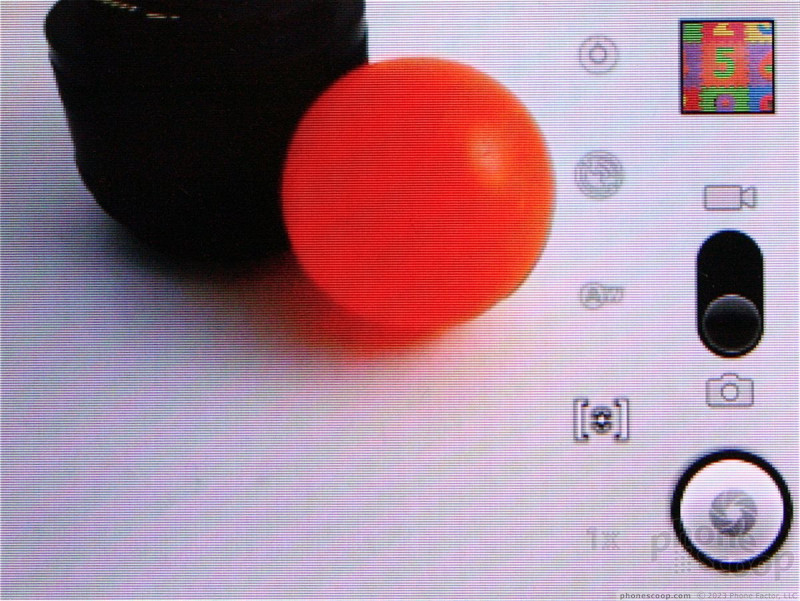































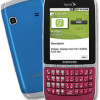 Samsung Outs QWERTY-Equipped Replenish with Android
Samsung Outs QWERTY-Equipped Replenish with Android
 Samsung Refreshes Galaxy S Series with S Pen, New Cameras
Samsung Refreshes Galaxy S Series with S Pen, New Cameras
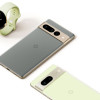 Google Teases Pixel 7 Series, Pixel Watch
Google Teases Pixel 7 Series, Pixel Watch
 iPhone 14 Plus Offers a Big Screen For Less
iPhone 14 Plus Offers a Big Screen For Less
 Samsung Replenish
Samsung Replenish



